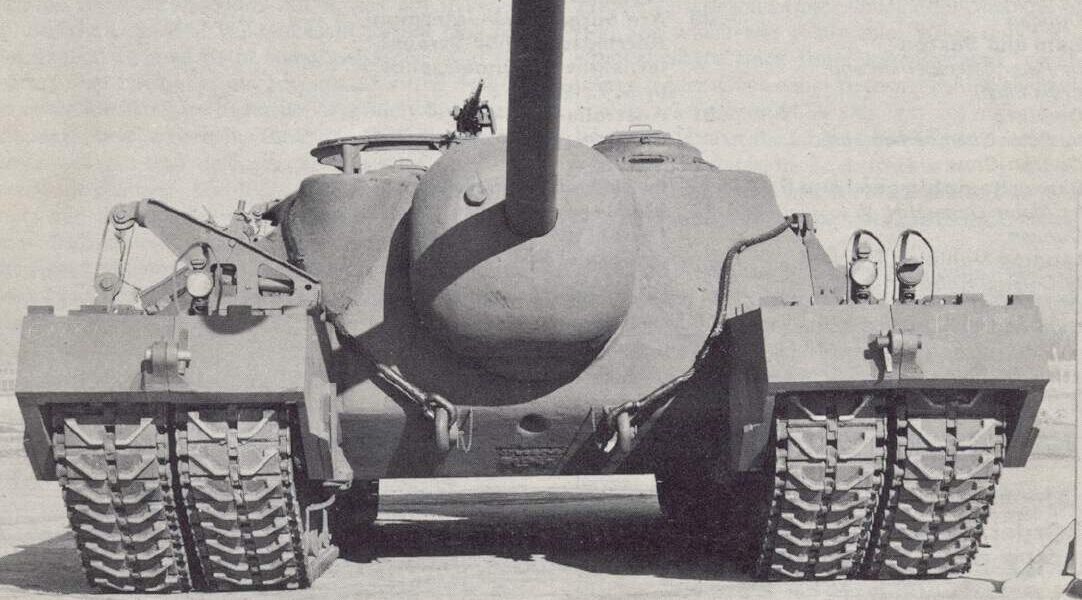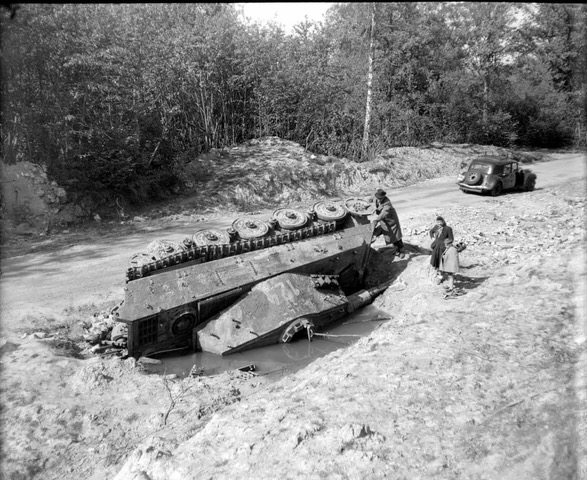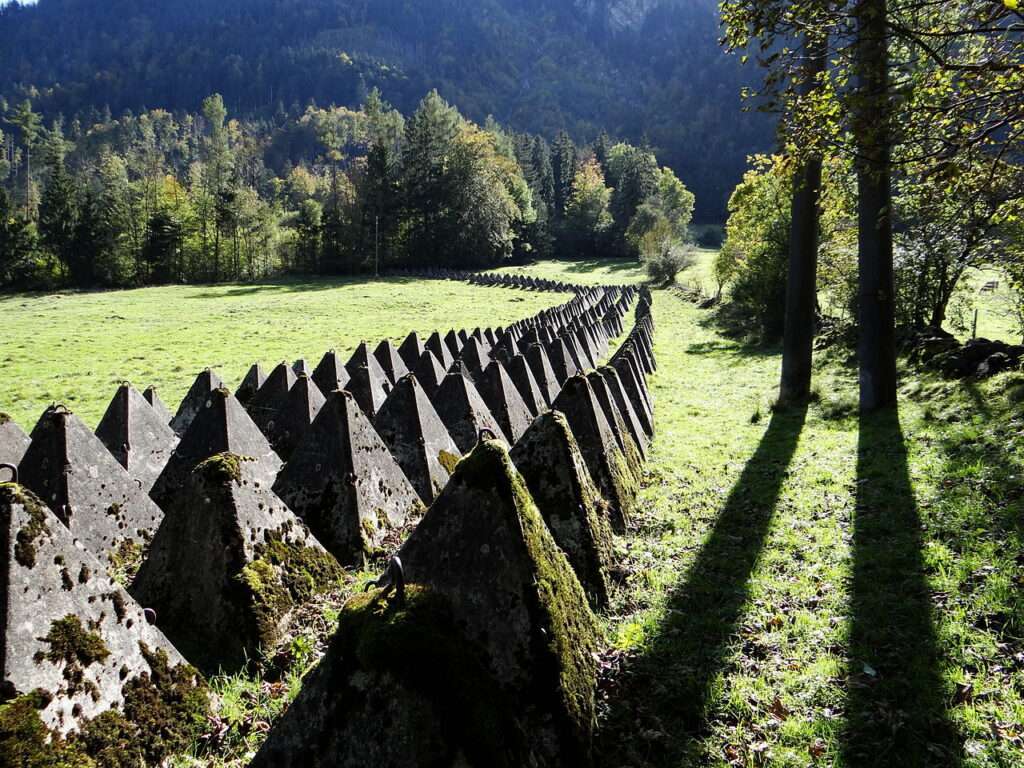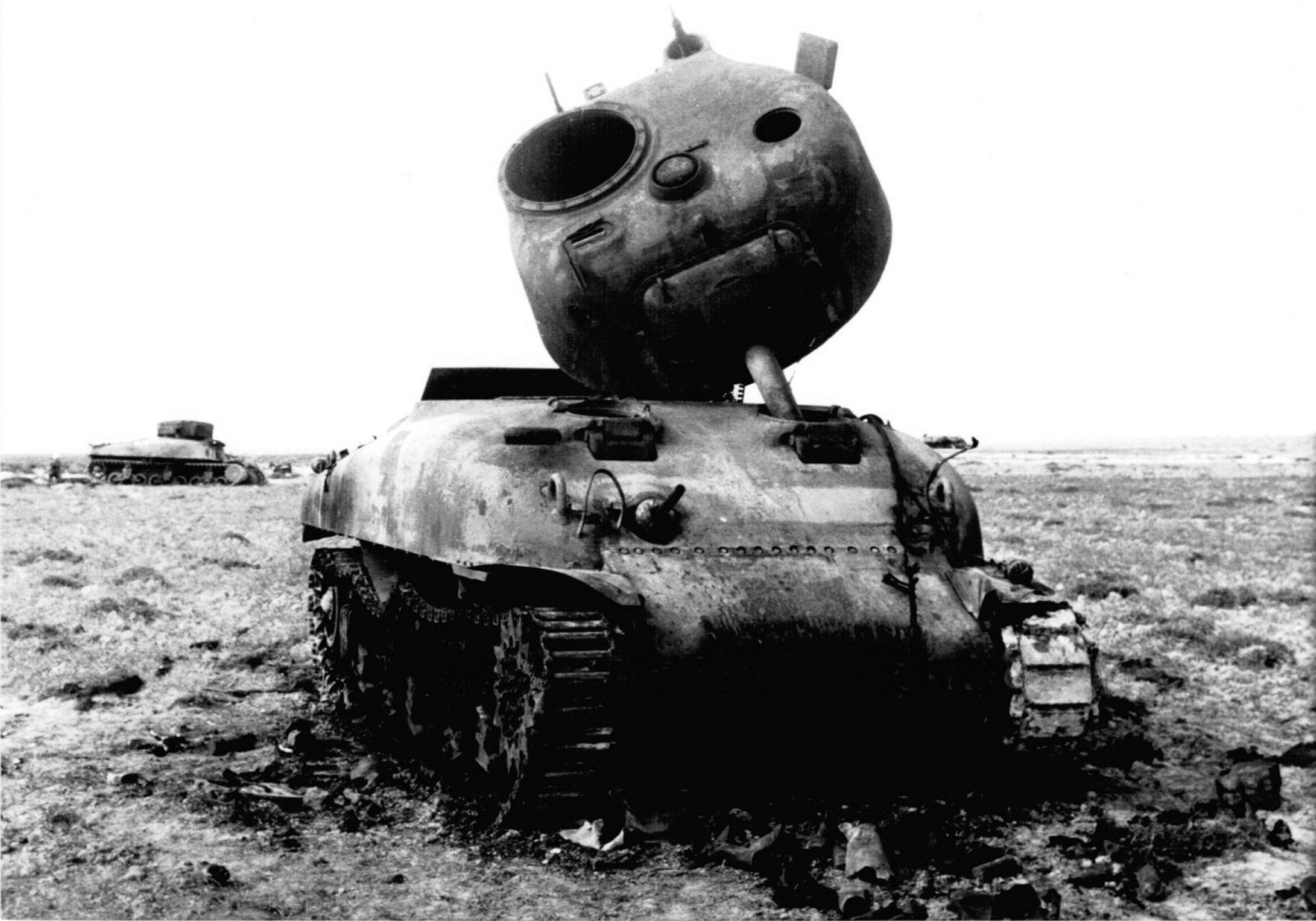Between 1941 and 1945 Germany operated some of history’s largest mobile siege mortars. Known as the Karl-Gerät, these monstrous machines could launch shells weighing as much as a Range Rover Sport over a distance of 2.5 miles.
Although they were technically self-propelled, they could hardly be considered mobile with a top speed of about 4 mph.
The Karl-Gerät alone needed a massive crew to function, but it also required a labour intensive set-up process, a logistics team and anti-aircraft batteries.
Once readied though, these mortars could level entire buildings and smash through even the toughest fortifications.
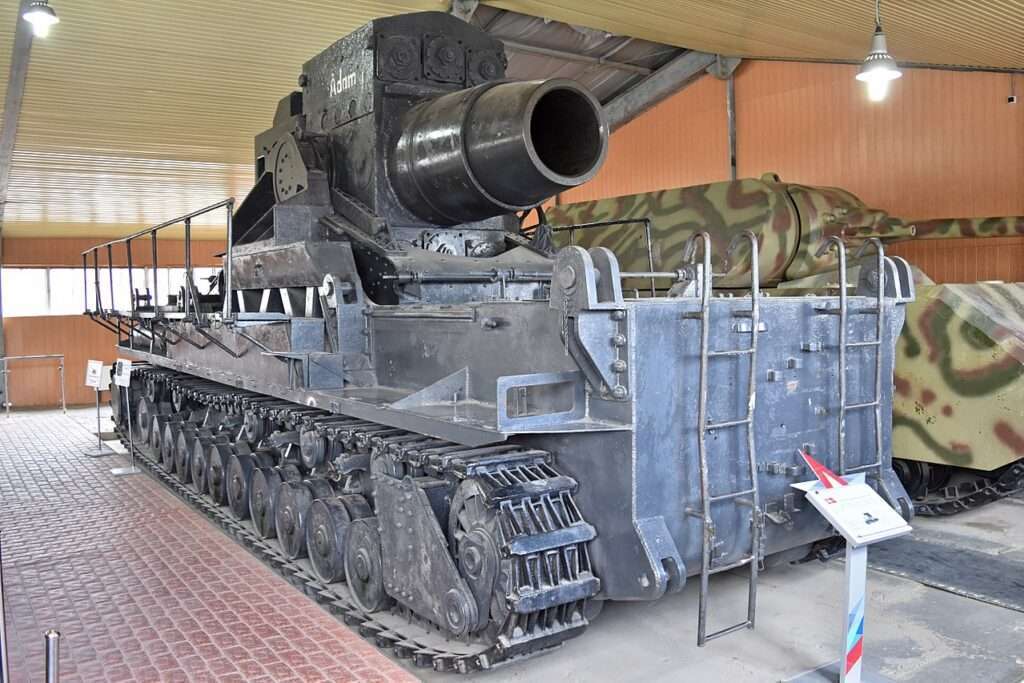
Contents
Background
In the 1930s fortified lines like the Maginot Line and Siegfried Line still held major strategic value. Before WWII proved that these types of defenses were obsolete, militaries poured large resources into ways of combating them.
German armaments manufacturer Rheinmetall drew up an early concept in 1936 for a super-sized artillery piece that could be brought against these types of fortifications.
To begin with Rheinmetall proposed a weapon that would be transported in parts by tracked vehicles and assembled at a suitable firing location.
There were many obvious issues with this, like its complexity and vulnerability to attack, so a request was given to Rheinmetall for a self propelled artillery piece instead.
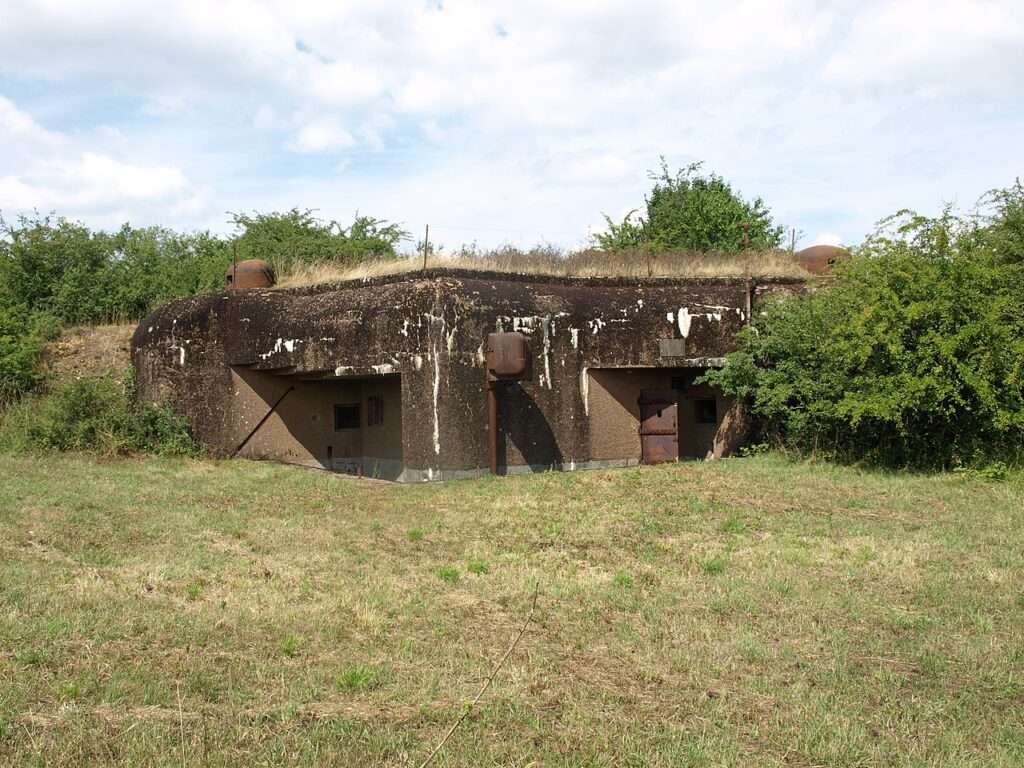
Development continued for the rest of the 1930s, with General Karl Becker of the Artillery being heavily involved. His contributions led to the vehicle being nicknamed after him.
A mock-up was produced and a Neubaufahrzeug was used to test the planned vehicle’s mobility.
By 1940 firing trials had taken place and construction had begun. As only a very small batch was planned, each was hand built between 1940 and 1942.
Their artisanal nature meant each Karl-Gerät was slightly different from the next. Seven were built in total, and were named “Adam” (renamed “Baldur”), “Eva” (renamed “Wotan”), “Thor”, “Odin”, “Loki”, and “Ziu”. The seventh vehicle was retained for testing and was never named.

Karl-Gerät
In typical German WWII engineering fashion, the Karl-Gerät was a case of “go big or go home”.
To support such a big weapon the Karl-Gerät’s chassis had to be equally massive. It was 11.15 m (36 ft 7 in) long, 3.16 m (10 ft 4 in) wide and over 4 meters tall.
On the upper portion of this large hull was the mortar, which was 600 mm in diameter. This could fire either a heavy concrete-piercing shell that weighed 2,170 kgs, or a light concrete piercing shell that weighed 1,700 kgs.

The heavy shell could hit targets 4,300 meters away and punch through at least 2.5 meters (8.2ft) of concrete or leave a crater 5 meters deep and 15 meters wide.
The weapon had a vertical elevation of 0 to 70 degrees and a horizontal traverse of just 4 degrees each side. This could be increased by rotating the entire chassis, however.
Three vehicles (designated Karl-Gerät 041) were fitted with a smaller 540 mm mortar that had increased range. Despite weighing less, the shells for these mortars could penetrate 3.5 meters (11.5 ft) of concrete.
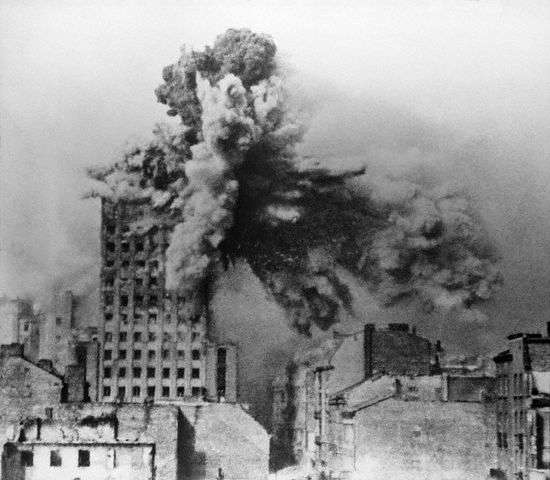
All in the Karl-Gerät weighed 140 tons, making it the heaviest self-propelled artillery piece of the war. Its weight was supported by torsion bar suspension.
Depending on the exact example they were powered by an MB 503 A petrol engine or an MB507 diesel engine. These engines provided over 500 hp, but could only get the 140 ton beast to a top speed of about 4 mph.
The large machine was only covered by enough armor to protect its crew from small arms fire, and was certainly not up to the task of defending against any anti-tank weaponry.
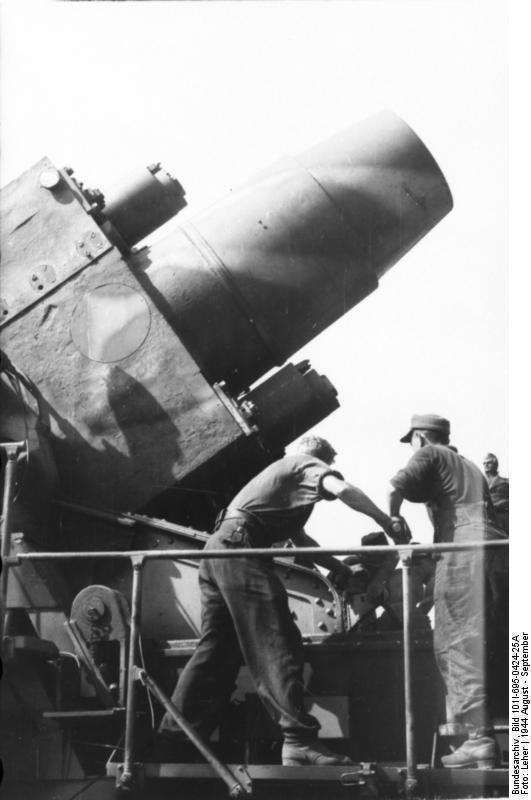
The Karl-Gerät was slow, heavy and vulnerable and needed enormous amounts of support to move and operate.
It was never intended to be a truly mobile machine, but meant to be transported and assembled before flattening anything in its sights. And this is what the Karl-Gerät did well.
A Logistical Nightmare
While the Karl-Gerät was technically mobile artillery, its ability to move under its own power was little more than a convenience.
It was so slow and heavy that driving this contraption anywhere more than a few miles at a time was simply impractical. To move it between firing positions further away the Karl-Gerät was transported by train.
The vehicle had to be prepared for transportation, which involved being partially disassembled with the help of a 39 ton crane. The chassis and its seven loads was then loaded onto a train which would move it to its next firing location.

Even after arriving at this location, it wasn’t a case of just offloading the Karl-Gerät and start firing.
Its huge length and heavy weight made it a nightmare on soft terrain and it could easily get bogged down or throw a track while turning.
So before the Karl-Gerät arrived, its firing position had to be precisely levelled and have any soft spots or holes filled in.
Depending on the situation, the area would also be rigged with communication lines and protected by anti-aircraft defenses.
On site the mortar would be accompanied by two or three custom made Munitionsschleppers, meaning “ammunition transporters”.
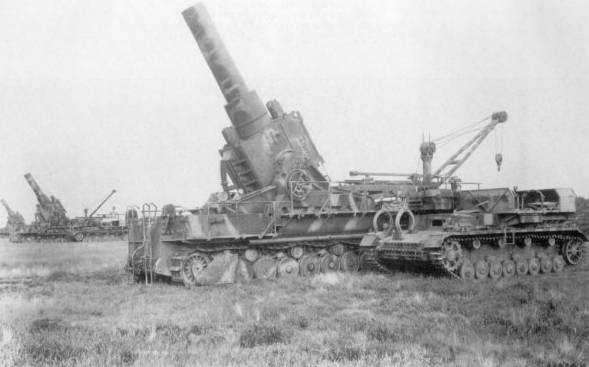
These were heavily modified Panzer IV hulls that had their turrets replaced with a superstructure capable of carrying four shells for the Karl-Gerät.
The entire operation required hundreds of men to run.
Only when the area was prepared and the Karl-Gerät was readied could the weapon be fired. Rate of fire was about one round every ten minutes.
The six operational Karl-Gerät mortars were used on a few occasions throughout the course of the war, with their most notable actions taking place at the Battle of Sevastopol and in the Warsaw Uprising.
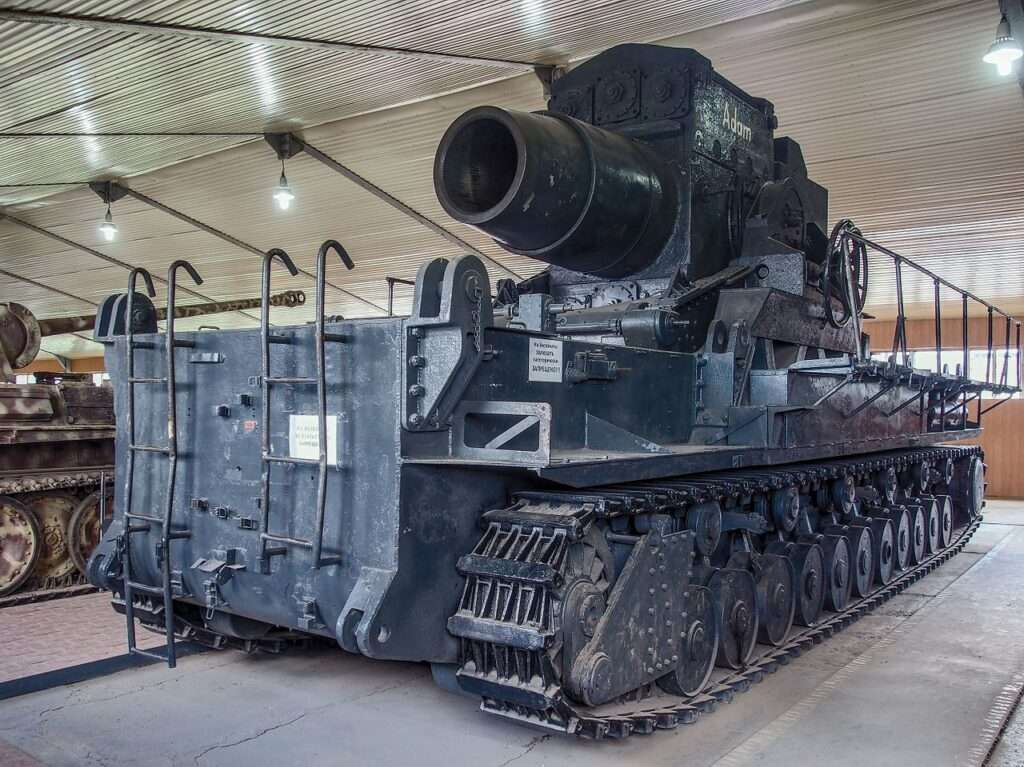
By the end of the war the six machines had either been captured or destroyed. Eva, Loki and the seventh experimental Karl-Gerät mortar were captured by US. The experimental example was shipped to the US and sadly scrapped.
Odin and Ziu were captured by the Soviets, but the whereabouts of Thor and Adam have remained a mystery.
Another Article From Us: The Minenräumer – A Weird German Prototype
If you like this article, then please follow us on Facebook and Instagram.
Ziu is the only survivor, and can be seen on display at the Kubinka tank museum in Russia.

